In a world where science seems to have answers for nearly everything, there remain pockets of nature that defy explanation. These strange creatures, with their baffling behaviors and peculiar appearances, invite us to question and wonder. They inhabit the fringes of our understanding, challenging scientists to delve deeper into their mysteries and the creatures that make up life on Earth.
1. The Platypus
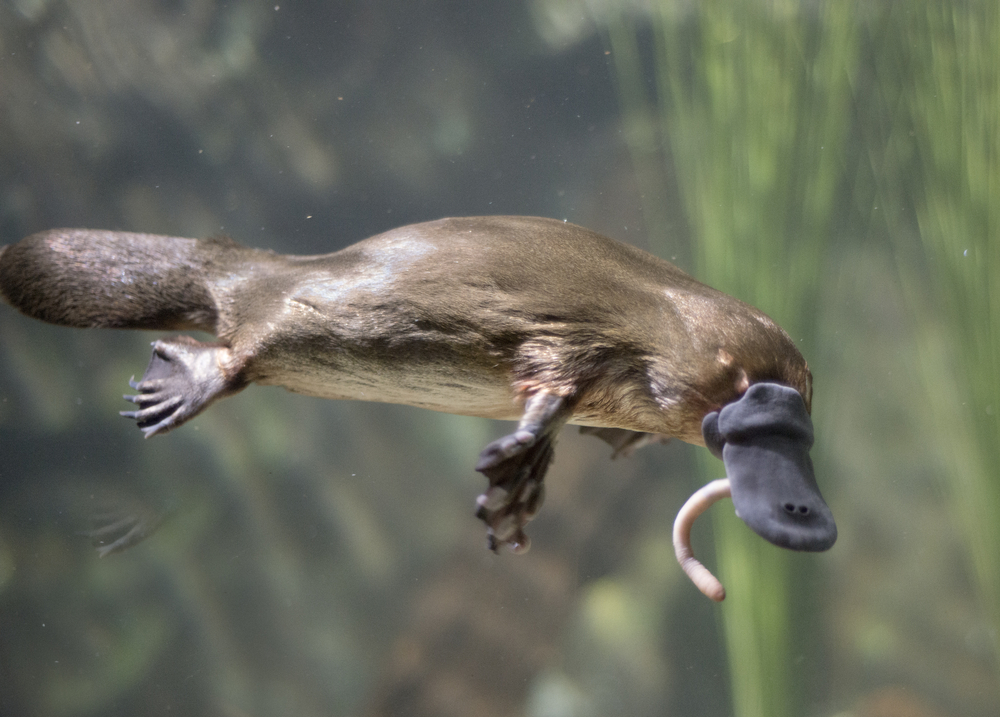
The platypus is a creature that seems to have emerged from a mad scientist’s laboratory rather than the natural world. With the bill of a duck, the body of an otter, and webbed feet, it defies traditional classification. Native to Australia, the platypus is one of the few mammals that lay eggs, adding to its list of peculiarities. This blend of features has puzzled scientists since its discovery, prompting debates about its place on the evolutionary tree.
Researchers from the University of Copenhagen recently attempted to demystify the platypus by sequencing its genome. Their study revealed that this mammal shares genetic traits with birds, reptiles, and mammals, a rare combination that provides insights into early mammalian evolution. Despite these advances, questions about its biochemistry remain, particularly the function of its venomous spur. The platypus continues to be an emblem of nature’s unpredictability.
2. The Aye-Aye
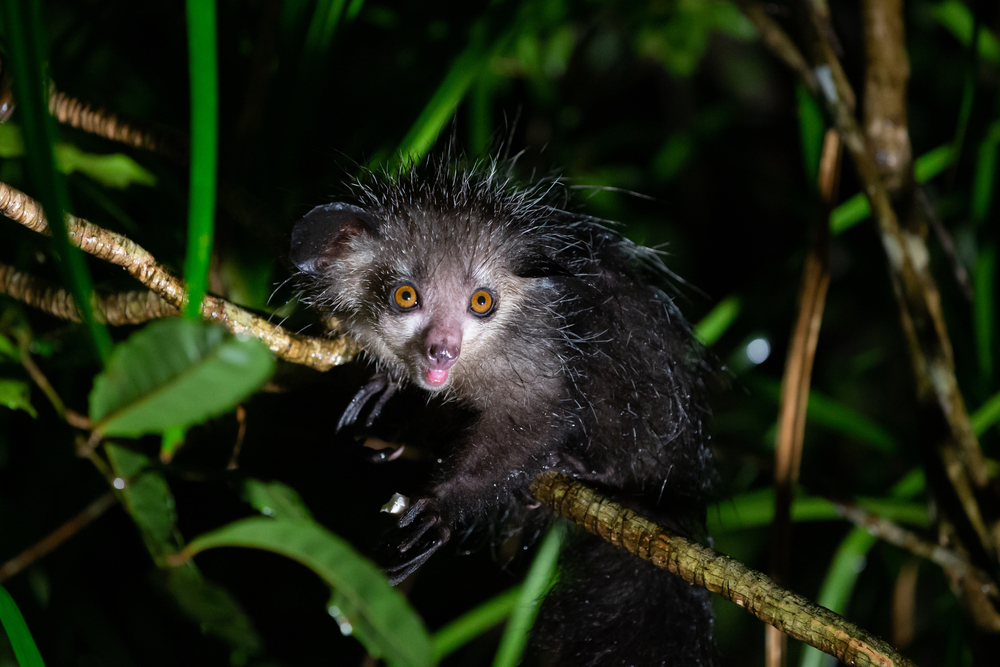
Meet the aye-aye, a creature that seems to have been drawn straight from a Halloween story. This nocturnal lemur, native to Madagascar, is infamous for its eerie appearance, particularly its elongated middle finger. This digit is not a mere curiosity but a tool for extracting insects from tree bark, showcasing an ingenious evolutionary adaptation. However, the aye-aye’s unsettling look often inspires fear and superstition among locals.
Despite its ghoulish reputation, the aye-aye plays a crucial role in its ecosystem, aiding in pest control and seed dispersion. Conservationists emphasize the importance of protecting this unique species, which is currently endangered due to habitat loss. The aye-aye’s story is a reminder of the intricate balance of nature and the unforeseen consequences of disrupting it. As we learn more about this peculiar primate, it also challenges us to reconsider our perceptions of beauty and strangeness in the animal kingdom.
3. The Blobfish
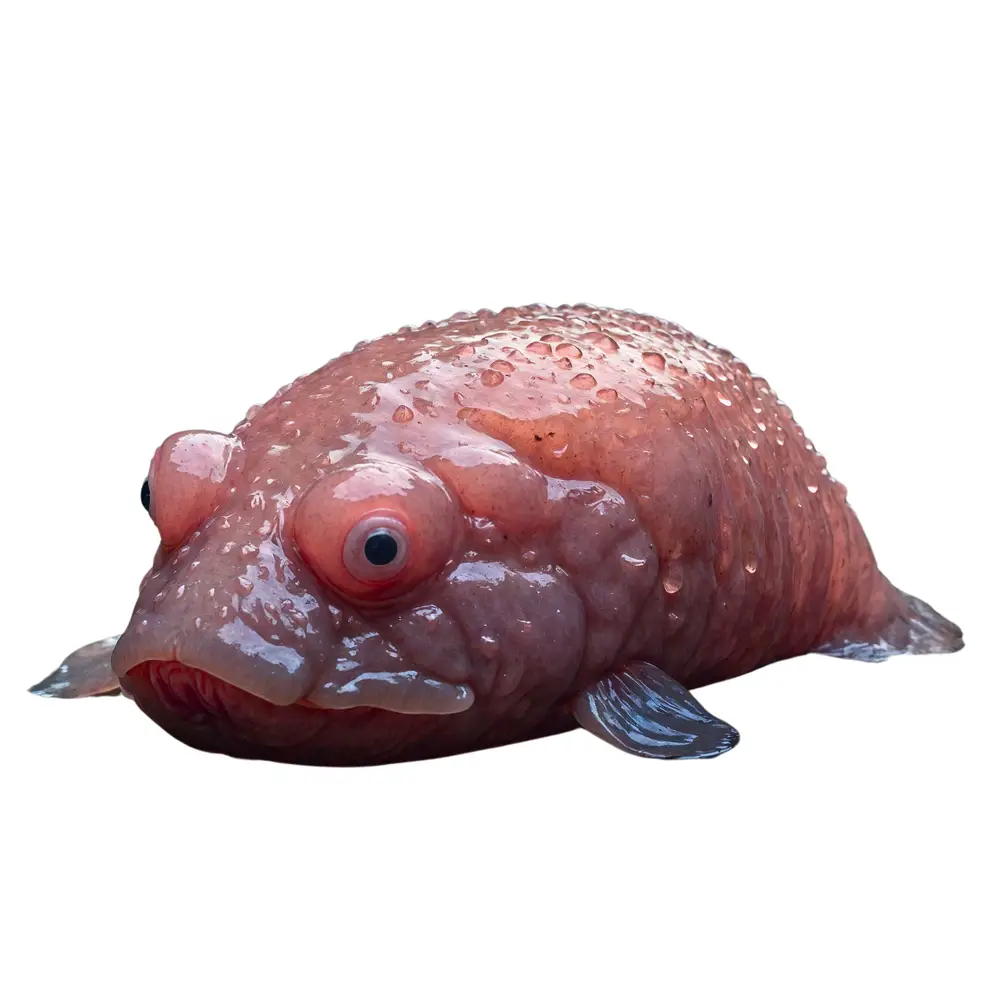
Often crowned as the world’s ugliest animal, the blobfish is a deep-sea dweller with a face only a mother could love. Found in the deep waters off the coasts of Australia and New Zealand, this gelatinous fish appears almost cartoonish when brought to the surface. Its unappealing appearance is due to the drastic change in pressure, as the blobfish is perfectly adapted to its high-pressure, deep-sea environment. Without a swim bladder like most fish, it relies on its low-density flesh to float above the ocean floor.
In 2013, the blobfish gained fame when it was voted the “Ugliest Animal” in a public poll organized by the Ugly Animal Preservation Society. This tongue-in-cheek accolade brought attention to the plight of uncharismatic species that still play vital roles in their ecosystems. Scientists continue to study the blobfish to understand its ecological niche and adaptations to the deep sea. Its story encourages us to appreciate the diversity of life, regardless of aesthetic appeal.
4. The Narwhal
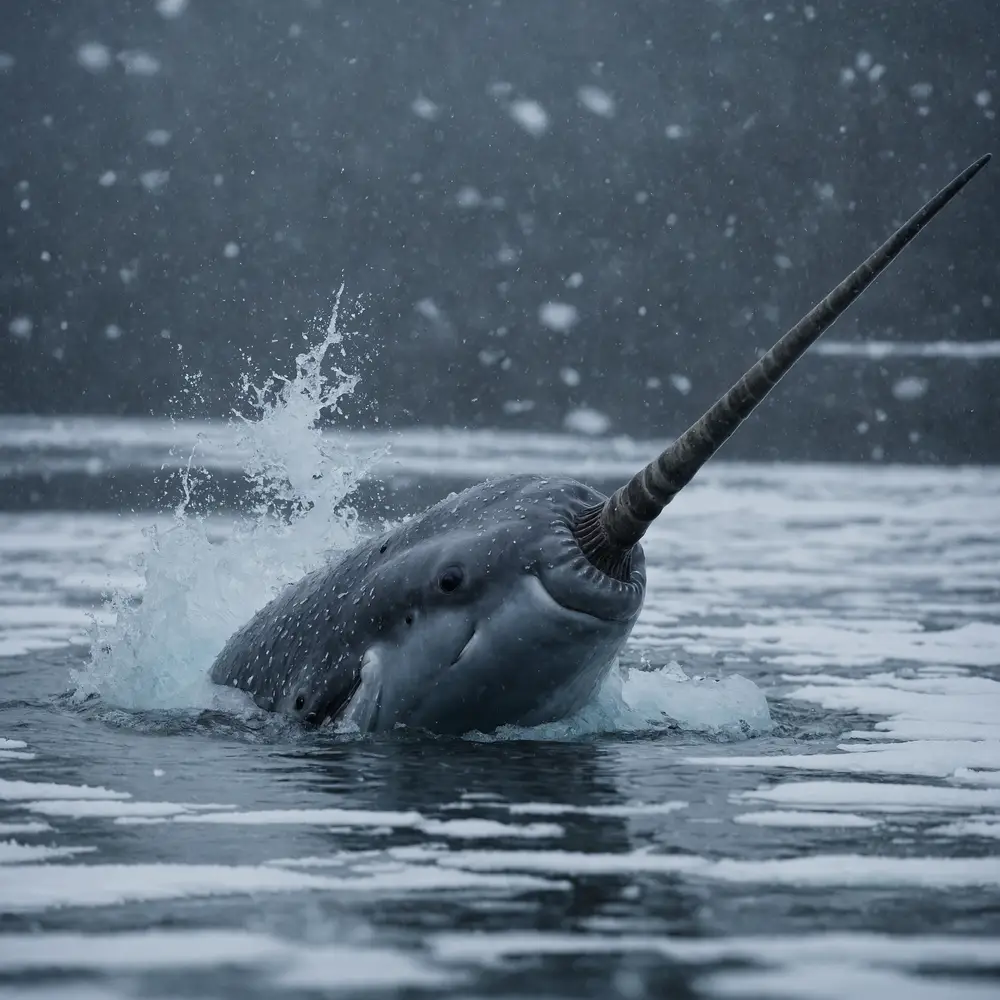
The narwhal, often referred to as the unicorn of the sea, is a creature shrouded in mystery. Its most distinctive feature, a long, spiral tusk, is actually an elongated tooth that can grow up to ten feet. Found in the Arctic waters, narwhals have intrigued explorers and scientists alike for centuries. The purpose of their tusk remains a subject of debate, with theories ranging from a tool for breaking ice to a means of detecting changes in the environment.
Despite their elusive nature, narwhals are vital indicators of Arctic health, as their well-being is closely tied to the region’s climate conditions. As climate change continues to alter their habitat, researchers are keenly observing narwhals to gain insights into the broader impacts of these changes. Understanding the narwhal’s role in the ecosystem is crucial in developing effective conservation strategies. This enigmatic creature serves as a poignant reminder of the complex interplay between climate and biodiversity.
5. The Mantis Shrimp
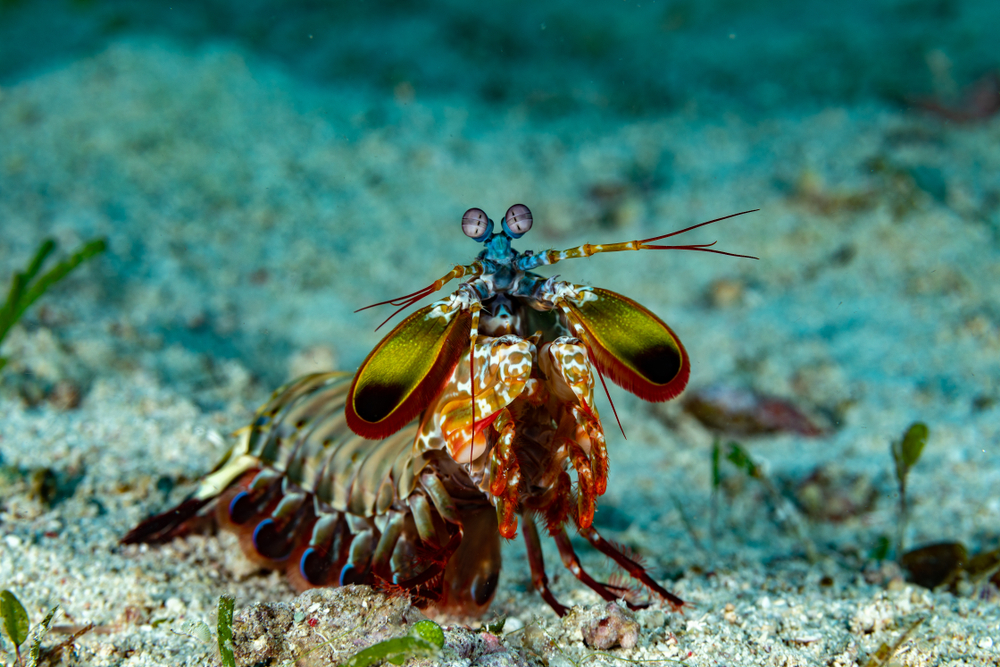
The mantis shrimp, with its vibrant colors and aggressive nature, is a marvel of marine biology. These crustaceans are renowned for their powerful claws, capable of delivering punches with the speed of a bullet. This incredible force allows them to shatter shells and even crack aquarium glass, making them formidable hunters. However, it’s their complex vision, boasting up to 16 types of color-receptive cones, that truly captures scientific interest.
Researchers from the University of Queensland have studied mantis shrimp vision to comprehend its potential applications in technology. Their findings suggest that the shrimp’s unique eye structure can inspire advancements in optical devices, such as cameras and sensors. Despite its aggressive demeanor, the mantis shrimp contributes to our understanding of vision and its evolutionary advantages. It challenges us to rethink the boundaries between biology and technology.
6. The Saiga Antelope
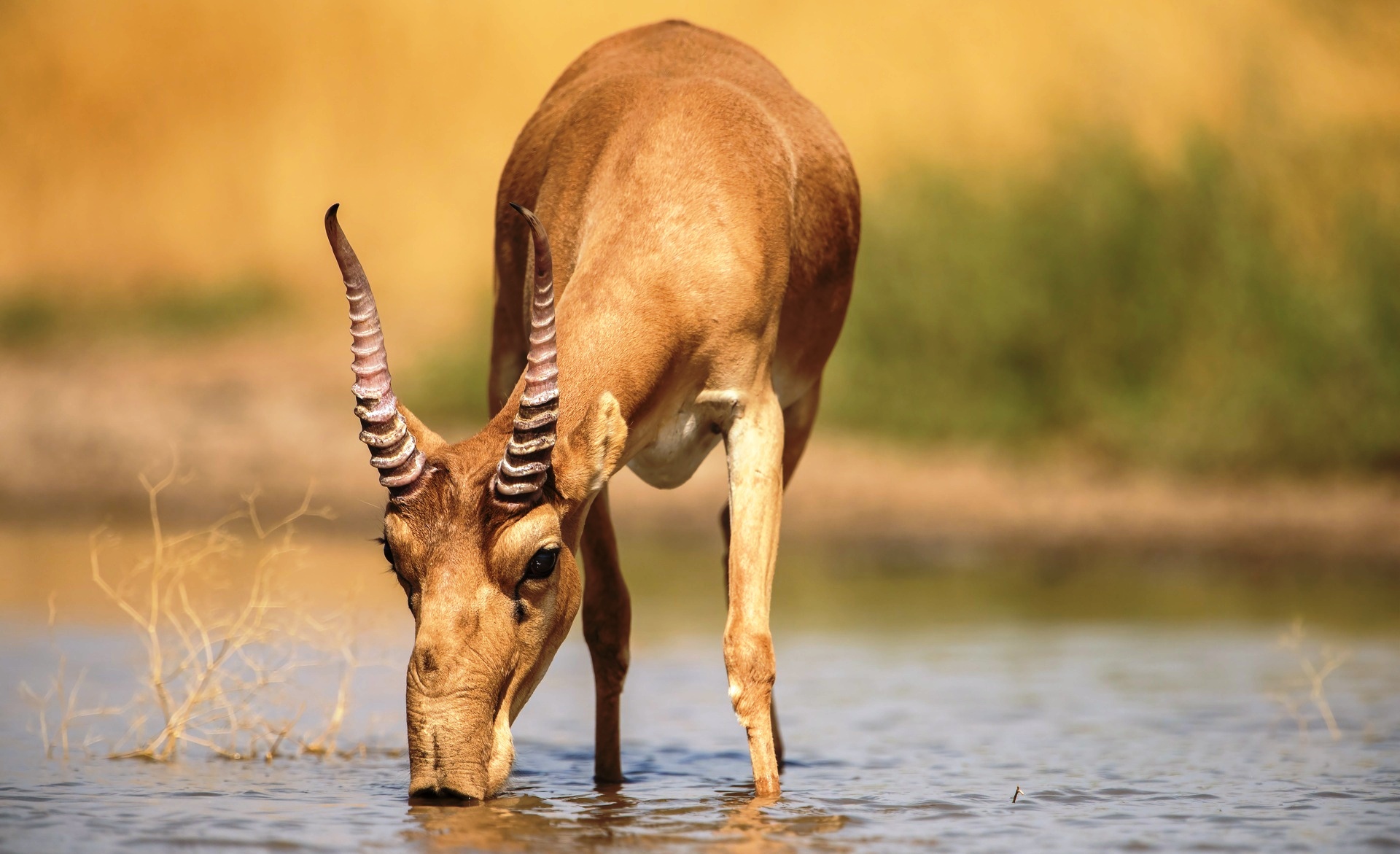
With its oversized snout and peculiar appearance, the saiga antelope is a relic from the Ice Age still roaming the Earth’s steppes. Found in parts of Central Asia, this antelope uses its distinctive nose to filter dust and regulate body temperature. The saiga’s survival over millennia highlights its incredible adaptability to harsh environments. Yet, despite its resilience, the species has faced severe population declines due to poaching and habitat loss.
Conservation efforts are underway to protect the saiga, focusing on anti-poaching measures and habitat restoration. Its journey from the brink of extinction underscores the importance of global cooperation in wildlife preservation. The saiga’s story is a testament to the fragility and resilience of nature in the face of human-induced challenges. As we strive to conserve this unique antelope, it serves as a symbol of hope and perseverance.
7. The Axolotl
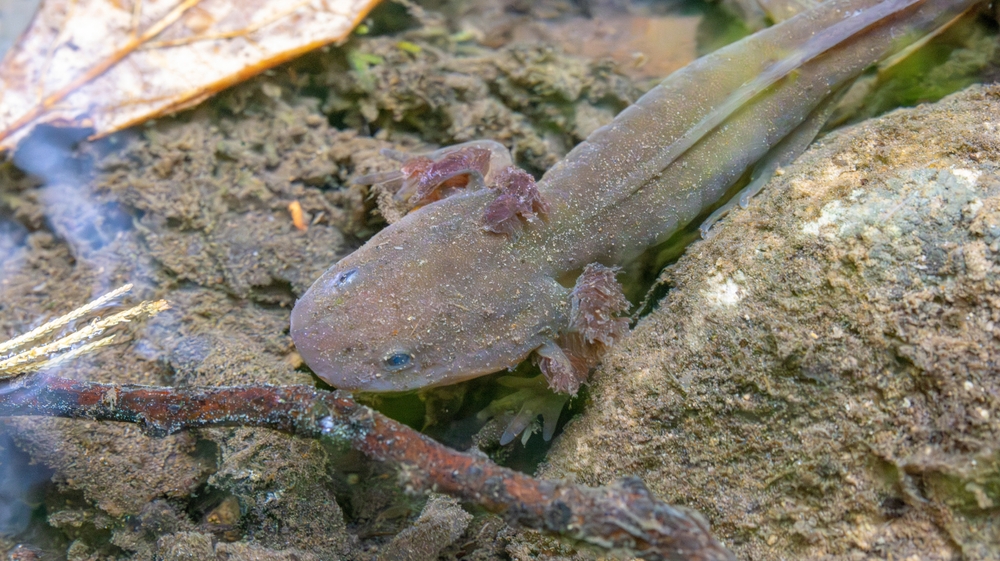
The axolotl, often referred to as the “walking fish,” is a unique amphibian native to the lakes of Mexico. Unlike other amphibians, axolotls retain their larval features throughout their lives, a phenomenon known as neoteny. This characteristic, along with their ability to regenerate limbs, has made them a subject of extensive scientific study. Their regenerative capabilities offer insights into potential medical advancements for humans.
A study conducted by researchers at the University of California, Irvine, has highlighted the axolotl’s genetic makeup, revealing genes responsible for its regenerative prowess. Understanding these genes could lead to breakthroughs in regenerative medicine, offering hope for treating injuries and diseases in humans. Despite their scientific importance, axolotls face threats from habitat destruction and pollution. They remind us of the delicate balance between scientific curiosity and conservation.
8. The Goblin Shark
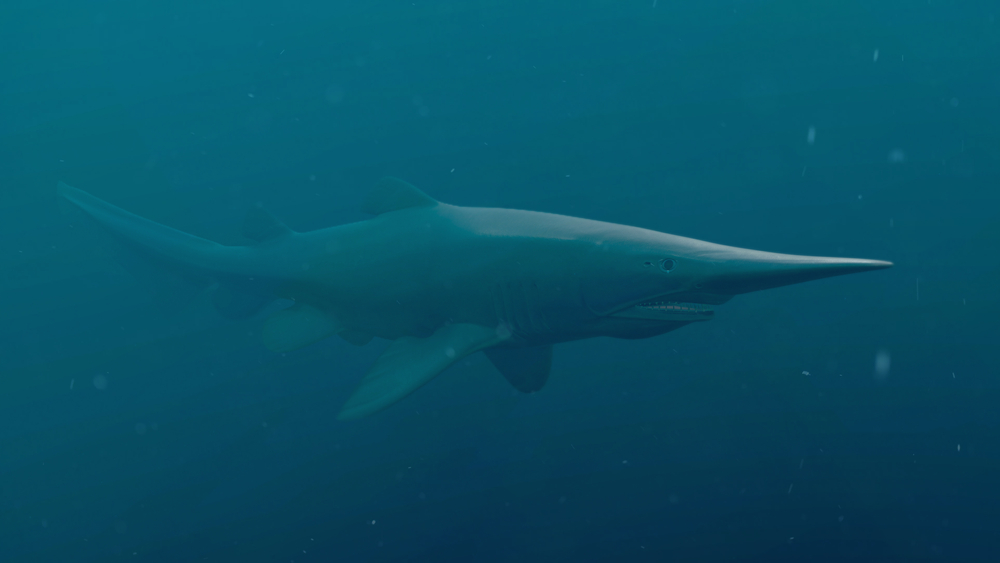
The goblin shark, with its elongated snout and protruding jaws, is a true deep-sea oddity. This elusive creature resides in the dark depths of oceans worldwide, rarely making an appearance at the surface. Its bizarre appearance has earned it the nickname “living fossil,” as it belongs to a lineage dating back millions of years. The goblin shark’s unique anatomy, including its extendable jaws, allows it to effectively snatch prey in the deep sea.
While encounters with goblin sharks are rare, they offer valuable insights into the evolution of deep-sea predators. Their study helps scientists understand the adaptations required for survival in extreme environments. Despite their fearsome reputation, goblin sharks pose no threat to humans, as they dwell far below our reach. Their existence challenges us to explore the hidden depths of our planet and the wonders they hold.
9. The Okapi
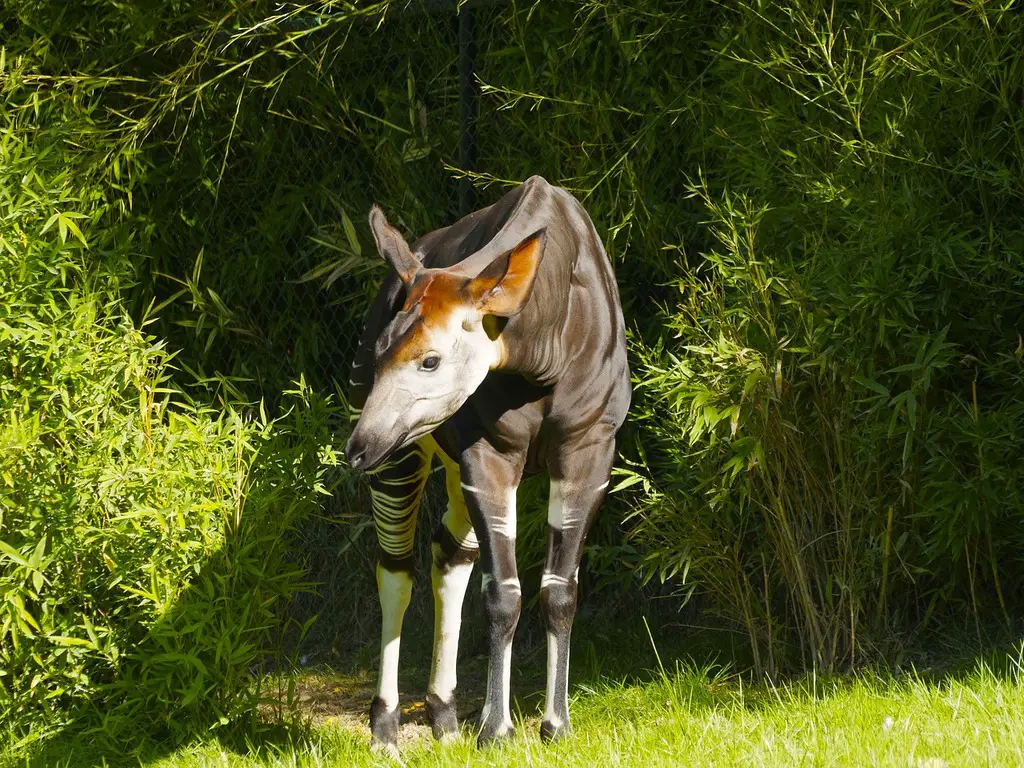
The okapi, often described as a “forest giraffe,” is a remarkable creature native to the dense forests of the Democratic Republic of Congo. With its zebra-like stripes and giraffe-like body, it embodies a striking blend of characteristics. This elusive animal was unknown to the western world until the early 20th century, when it was discovered by explorers. The okapi’s secretive nature and remote habitat have contributed to its mystique and allure.
Conservation efforts for the okapi focus on preserving its habitat and protecting it from poaching. As a flagship species, the okapi plays a crucial role in raising awareness about the importance of forest conservation. Its story highlights the interconnectedness of species and ecosystems and the need to safeguard these vital habitats. The okapi invites us to appreciate the hidden wonders of our world and the imperative to protect them.
10. The Tardigrade
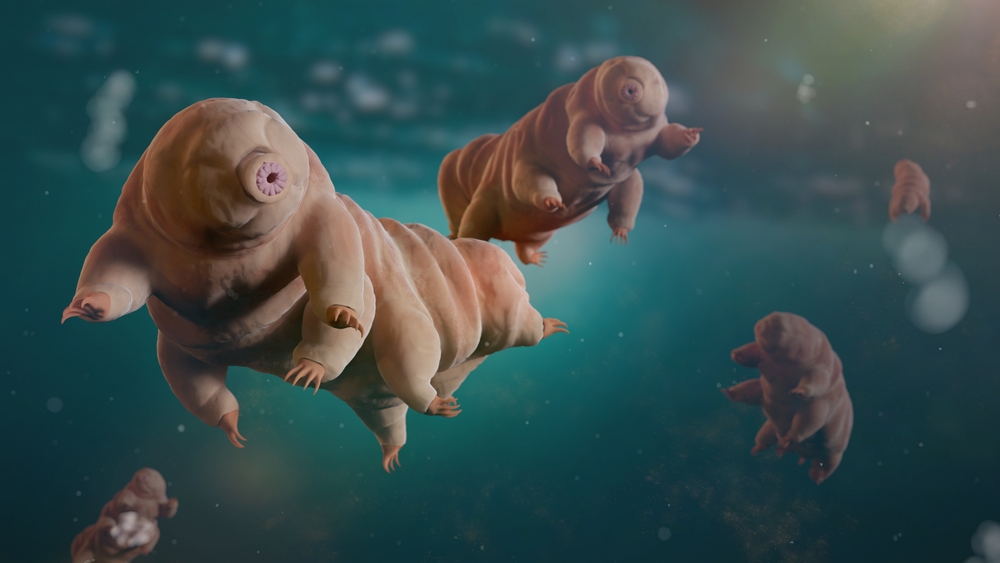
Tardigrades, affectionately known as “water bears,” are microscopic creatures renowned for their resilience. These tiny beings can survive extreme conditions, from the freezing vacuum of space to the intense heat of volcanic vents. Their ability to endure harsh environments is attributed to a unique protein that protects their cells from damage. Tardigrades’ extraordinary survival skills have captivated scientists, prompting research into their potential applications.
Studies have revealed that tardigrades can enter a state of cryptobiosis, effectively suspending their metabolism to withstand adverse conditions. This biological feat has inspired investigations into preserving biological materials for medical and research purposes. Despite their size, tardigrades remind us of the incredible adaptability of life and the potential for scientific discovery. Their indomitable spirit challenges our understanding of life’s limits.
11. The Deep-Sea Dragonfish
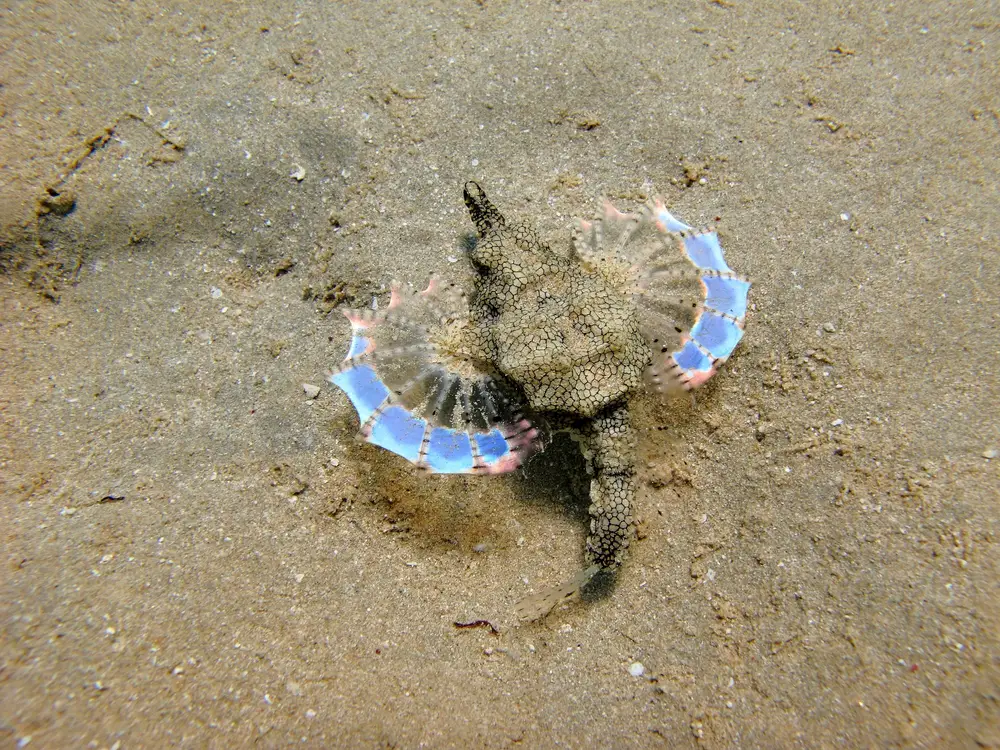
The deep-sea dragonfish, with its bioluminescent body and fearsome teeth, is an inhabitant of the ocean’s twilight zone. This enigmatic predator uses its glowing lure to attract prey in the pitch-black depths. Its transparent teeth and expandable stomach are adaptations that enable it to thrive in this challenging environment. The dragonfish’s eerie appearance has made it a subject of fascination for researchers and enthusiasts alike.
Scientific studies of the dragonfish have focused on its bioluminescent capabilities, which offer insights into potential applications in medicine and technology. These adaptations, including light-producing organs called photophores, allow it to navigate and hunt in darkness. The dragonfish’s story is a testament to the wonders of evolution and the diversity of life in the deep sea. Its existence beckons us to explore the mysteries of the ocean and the secrets it holds.
12. The Tuatara
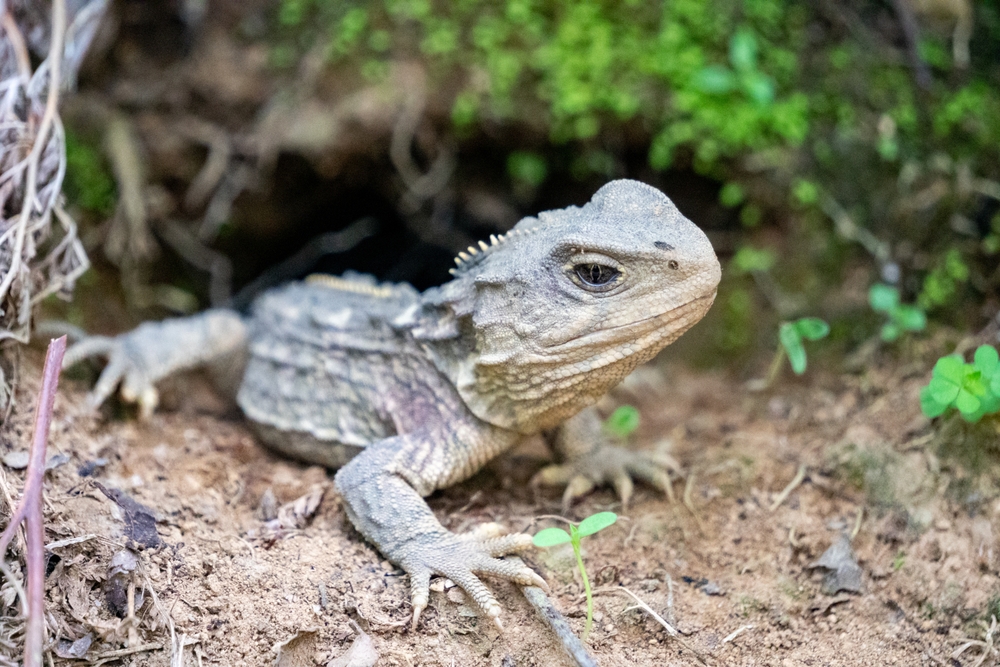
The tuatara, often mistaken for a lizard, is a living relic from the age of dinosaurs. Native to New Zealand, this reptile has remained virtually unchanged for millions of years. The tuatara’s unique features, such as a third “parietal” eye and primitive jaw structure, make it a subject of scientific intrigue. Despite its ancient lineage, the tuatara is highly vulnerable to environmental changes and introduced predators.
Conservation efforts in New Zealand have focused on habitat protection and predator control to safeguard the tuatara’s future. These initiatives highlight the challenges of preserving ancient species in a rapidly changing world. The tuatara’s story underscores the importance of conserving our natural heritage and the intricate web of life it represents. It invites us to reflect on the passage of time and the enduring legacy of the past.
13. The Leafy Seadragon
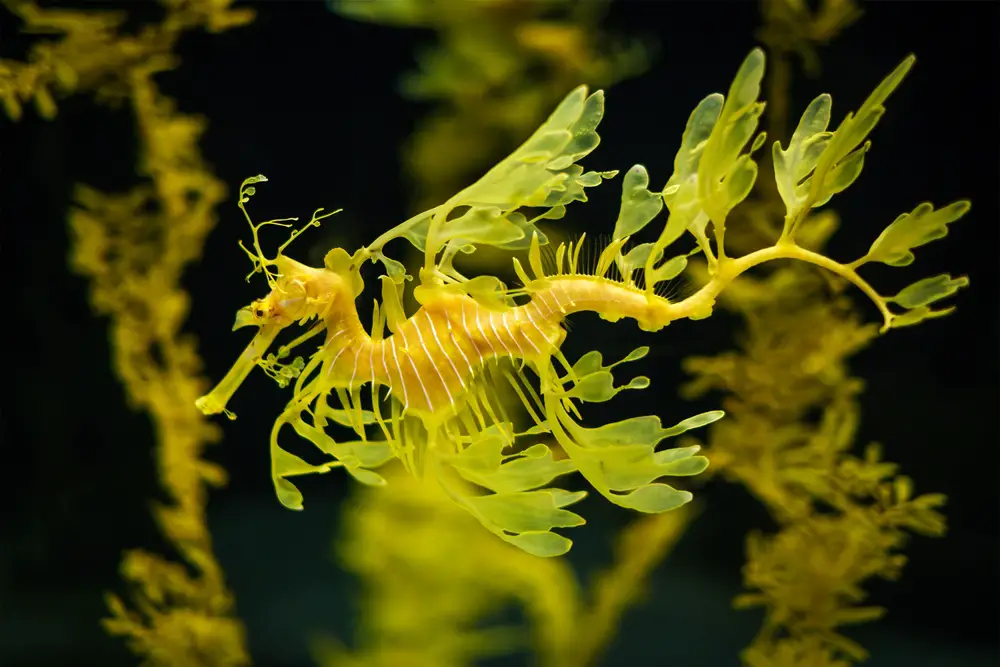
The leafy seadragon, with its delicate appendages and ethereal appearance, is a marvel of marine camouflage. Found off the southern and western coasts of Australia, this fish resembles a piece of drifting seaweed, evading predators with ease. Its elaborate fins and fronds provide not just disguise but also a means of propulsion in the water. The leafy seadragon’s enchanting beauty and unique adaptations have captivated divers and marine biologists alike.
Conservationists emphasize the importance of protecting the leafy seadragon’s habitat, which faces threats from pollution and climate change. As an indicator species, its health reflects the overall condition of its ecosystem. The leafy seadragon challenges us to appreciate the wonders of marine biodiversity and the need to safeguard it for future generations. Its story inspires us to consider the delicate balance of life beneath the waves and the intricate connections that sustain it.
